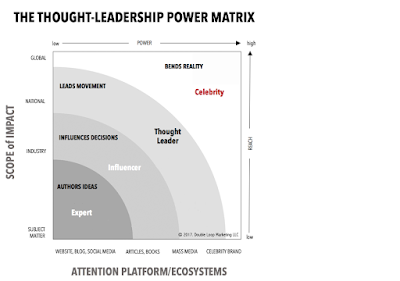How I Learned to Stop Worrying and Love the Research
Stanley Kubrick was known for making artistically complex films. He led ambitious projects with calculated cinematography and intricate scripts. Some fans adore his 1968 classic, 2001: A Space Odyssey , while others are partial to his 1980 horror flick The Shining . Each holds a special place in cinema history, but the two films achieved this status through different routes. Similarly, in the study of mass communication, there is no one way to do research. Like 2001, the positivist method is scientific in its approach. It employs quantitative information to build understanding for social phenomena. The Shining , which to be fair was also meticulously crafted, feels more like interpretivist research. The film has a less surgical aesthetic, and it feels as if it is sifting through this individual story looking for direction. This mirrors qualitative studies that are inductive, searching for relationships and principles in specific examples. The Southwestern Mass Communication Jour...


